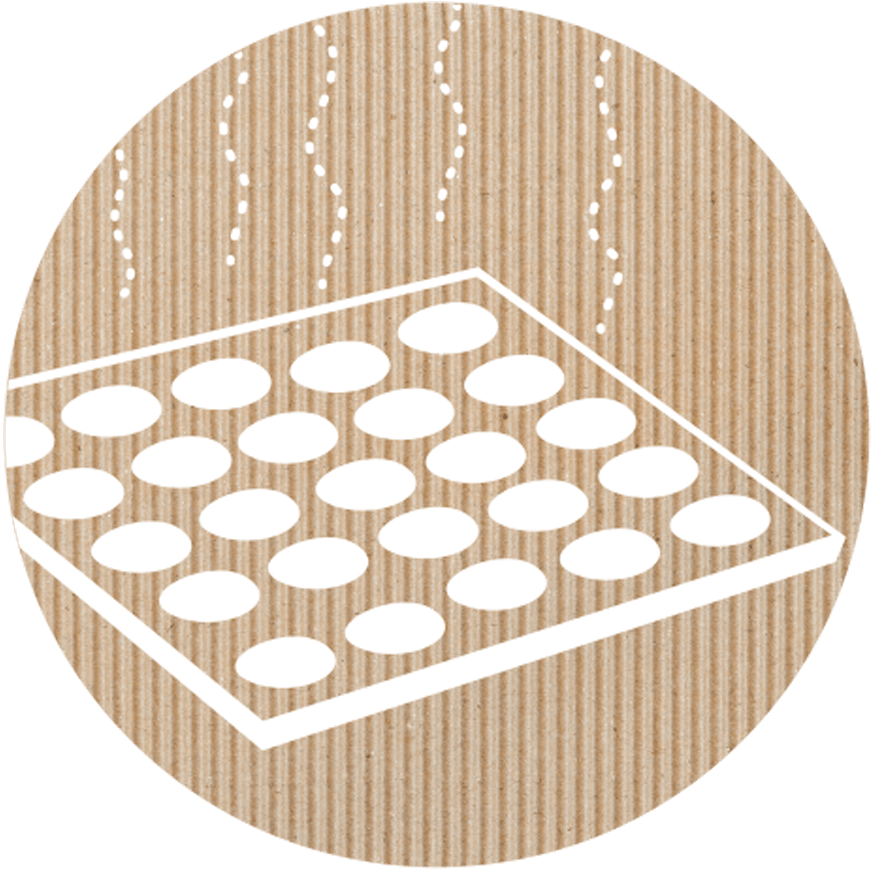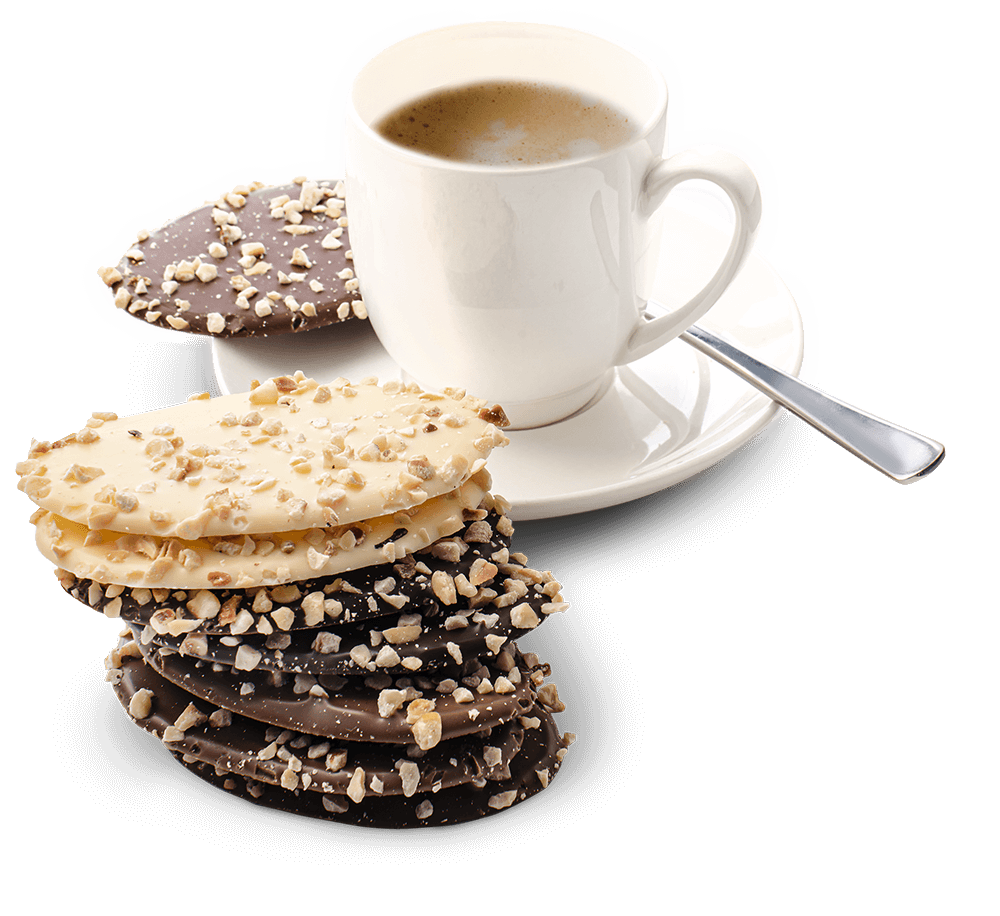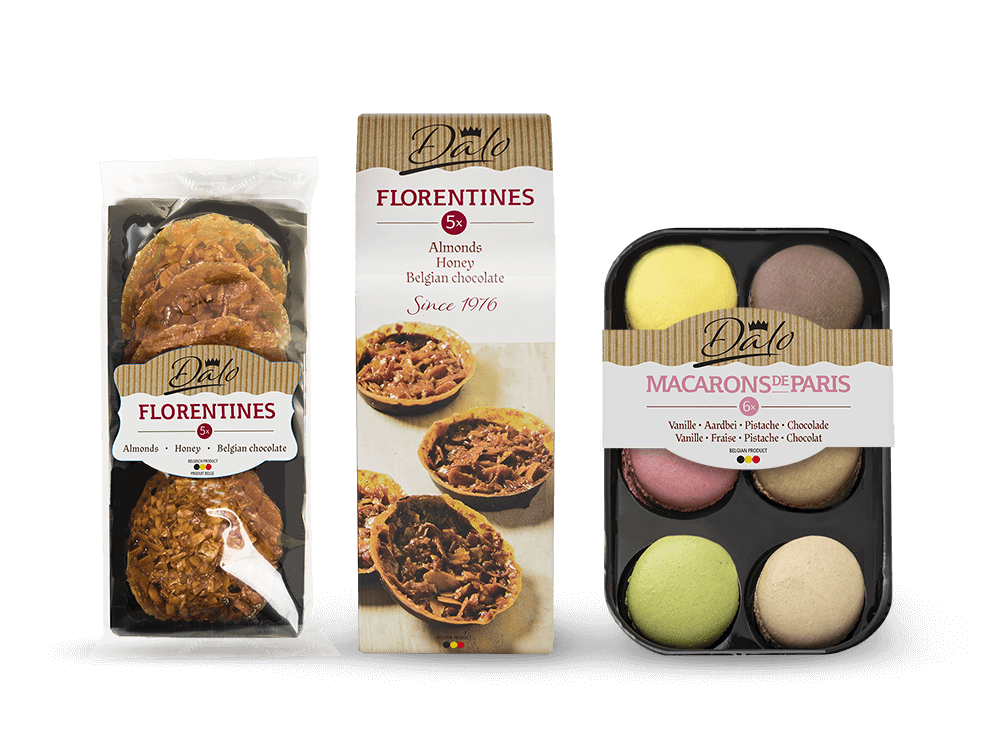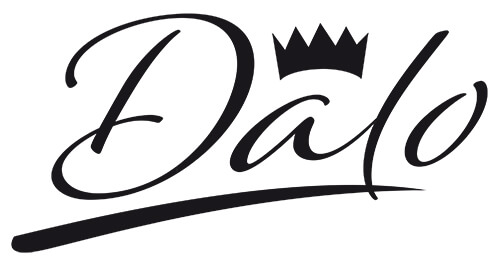The truth about Florentines
From Italy?
Or rather French?
Via Vienna perhaps?
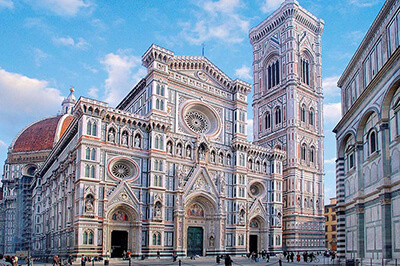
There’s a rumour going around that Florentine cookies are from Florence (Italy). The Food Network website claims that “the origin of the recipe is in Florence.” They couldn’t have been further wrong. Let’s take a look at what real Tuscan flavors are: pastries from Florence are generally a kind of savory, rustic bread, with only raisins or fresh grapes to make it sweeter.
Biscuits usually come from the Tuscan towns around Florence. They are long-lasting, hardy and generously served with local dessert wine. They are so filling that they are almost a meal in themselves. That description is nothing like what we call florentines.
Many Tuscan recipes, by the way, originated in other countries, after which they were transformed into local favorites: zuppa inglese, tiramisu and zuccotto, for example, are all variations on the English trifle.

In a 1979 article by Elizabeth David on A True Gentlewoman’s Delight: “How to make a Florentine,” a mid-17th century cookbook, describes a dessert cake made with veal and sheep kidneys, cream, sugar, eggs, berries, rose water and a whole host of spices. Closer to a reliable source for a recipe for florentines I have not come. Why that was called a florentine remains a mystery, but the fact is that it bears no resemblance to the brittle lace cookies with melted chocolate that we call florentines.
The main ingredients of what we call florentines today are not remotely Tuscan: cream, butter and chocolate.
It is much more likely that today’s florentines originated in France, the country with the myriad pastry shops known for selling the world’s most delicious pastries made with cream and butter, from scrumptious croissants to chocolate éclairs to heart-shaped palmier pretzels. Not only are the ingredients typically French, but the fact that the base for florentines is actually a typically French roux points to the true origins of this fine cookie for coffee.
And really, it wouldn’t be surprising either that the French named a dish after Florence. After all, they did so for centuries under the influence of their Florentine queen Catherine de’ Medici, who also happened to be one of history’s most influential gastronomes.
The name “florentine” almost certainly refers to the gold coins from Florence, which were the standard means of payment in Europe for some five hundred years.
An Austrian line of thought is also quite plausible: Florentine coins were copied en masse in the German territories and Italian and French delicacies were also in great demand there, but the preparation method of the cookies is more akin to French preparations.
‘Florentines are attributed to Austrian bakers but their origins are in Italy. They consist of a delicious mixture of sugar, butter, cream, nuts and fruits. They are nice and crispy and traditionally, but not always, have a chocolate base.’

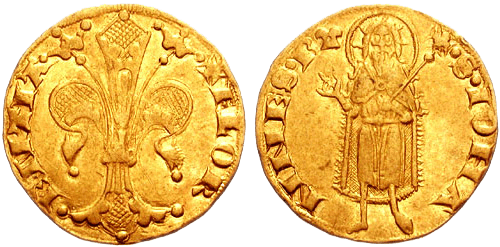
Also discover our other delicious specialties!

Wish you had more info on all these goodies? Mail to jphauspy@daloflorentines.be

Dalo Florentines
© Hauspy BVBA
webdesign: www.c-l.be
Beekstraat 62, 8500 Kortrijk
Belgium
T 0032 (0)56 20 66 62
M 0032 (0)475 32 66 00
E jphauspy@daloflorentines.be

